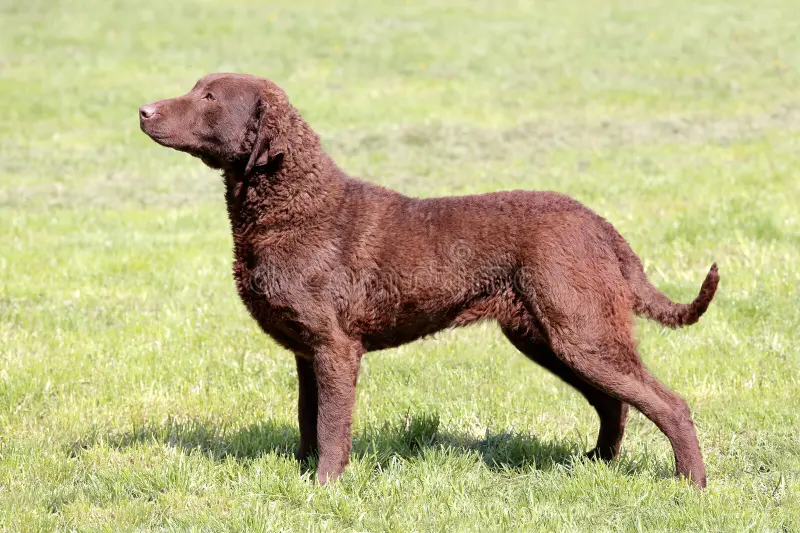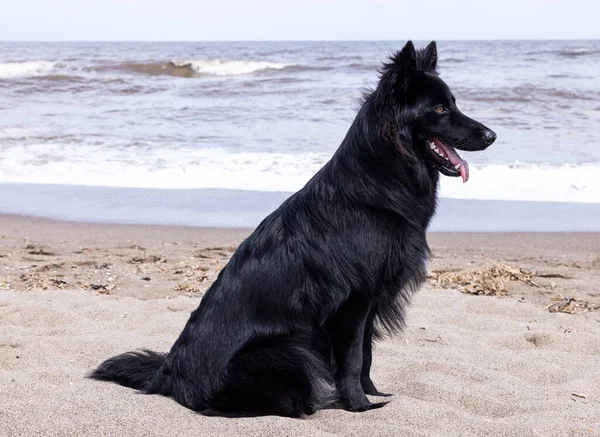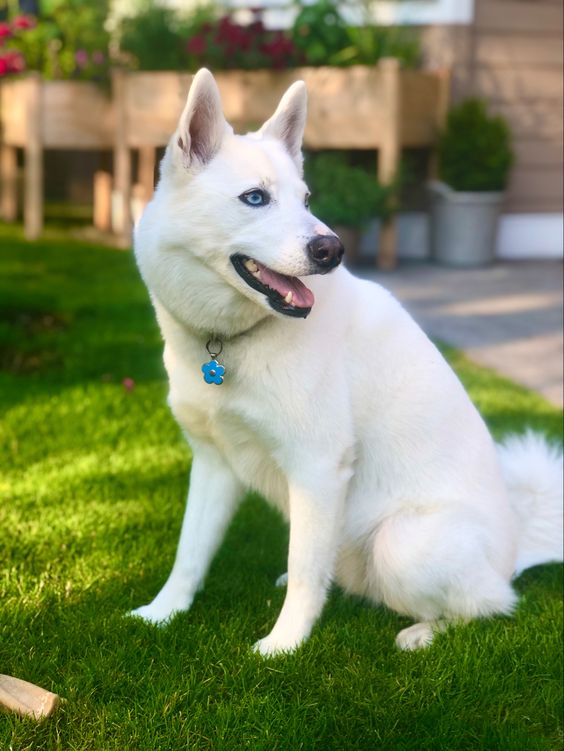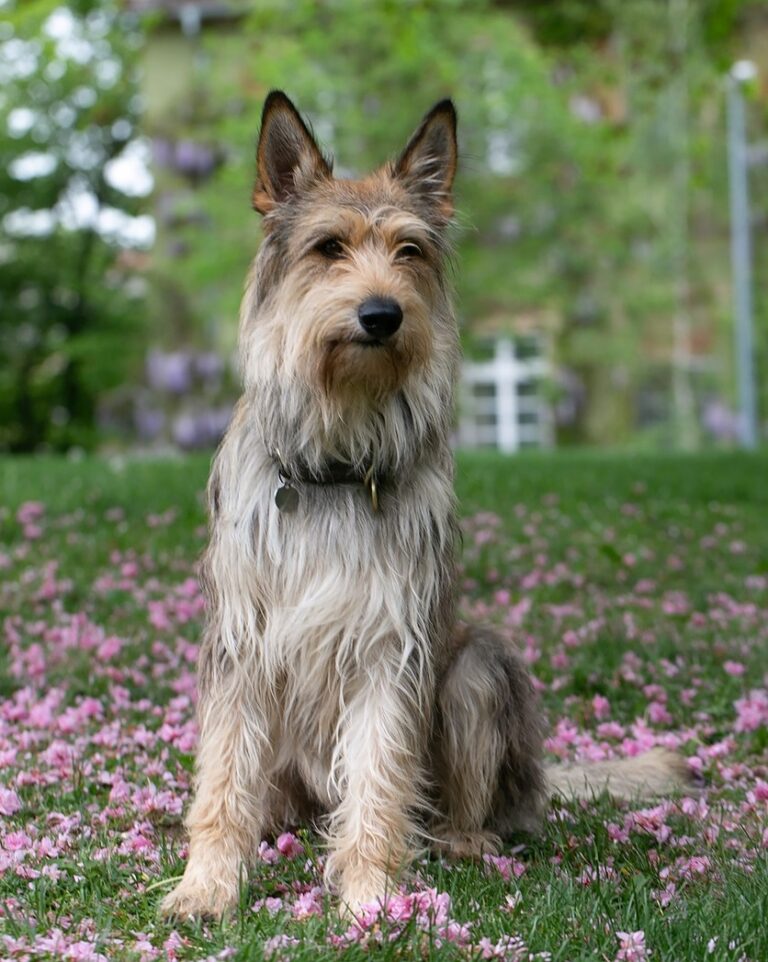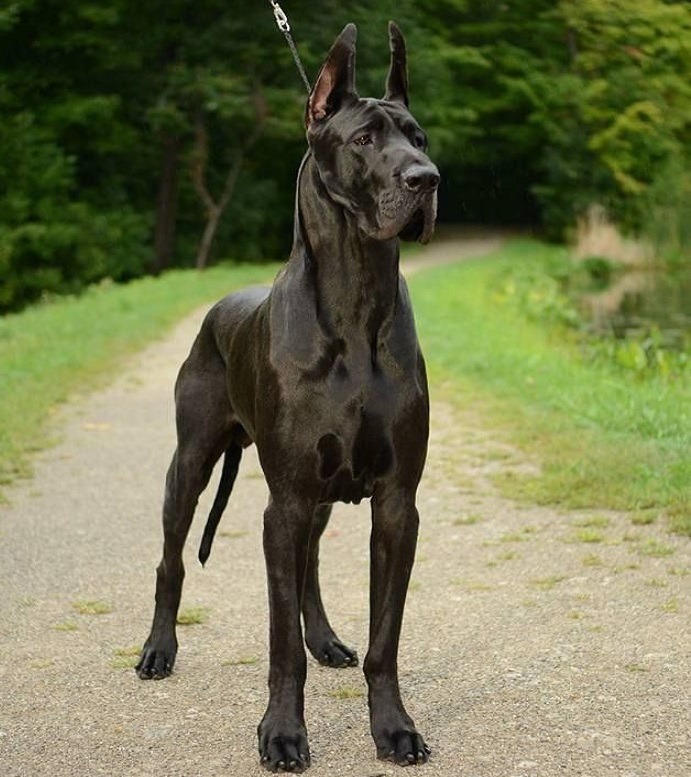Chesapeake Bay Retriever is a remarkable breed known for their intelligence and loyalty. Understanding this Breed Guide is essential for prospective owners to provide the best care and training. This comprehensive guide covers everything from their unique characteristics to valuable Training Tips. By delving into the specifics of Chesapeake Bay Retrievers, individuals can learn how to nurture and develop a strong bond with these exceptional dogs.
Characteristics
When considering the Chesapeake Bay Retriever breed, it is crucial to understand their distinctive Physical Traits, Temperament, and Activity Level. These aspects play a significant role in shaping the overall behavior and well-being of these remarkable dogs.
Physical Traits
Size and Weight
The Chesapeake Bay Retriever is a medium to large-sized breed, known for its muscular build and sturdy frame. Males typically stand between 23 to 26 inches tall at the shoulder, while females are slightly smaller, ranging from 21 to 24 inches. In terms of weight, males weigh around 65 to 80 pounds, with females weighing slightly less at 55 to 70 pounds.
Coat and Color
One of the most distinguishing features of the Chesapeake Bay Retriever is its unique double coat. The outer coat is thick, short, and waterproof, providing excellent protection against harsh weather conditions. This breed comes in various colors such as brown, sedge, or deadgrass shades. Their coat color often complements their surroundings, making them excellent hunting companions.
Temperament
Intelligence
The Chesapeake Bay Retriever is renowned for its exceptional intelligence and problem-solving abilities. These dogs thrive on mental challenges and enjoy tasks that stimulate their sharp minds. Providing them with interactive toys and puzzles can help keep their intellect engaged.
Affectionate Nature
Despite their strong work ethic, Chesapeake Bay Retrievers are incredibly affectionate towards their families. They form deep bonds with their owners and are known for their loyalty and devotion. Regular positive interactions and quality time spent together strengthen the bond between these dogs and their human companions.
Activity Level
Exercise Needs
Due to their high energy levels, Chesapeake Bay Retrievers require ample exercise to stay healthy and happy. Daily walks, runs, or play sessions are essential to prevent boredom and maintain their physical well-being. Engaging in activities like swimming or retrieving games taps into their natural instincts while providing excellent exercise opportunities.
Mental Stimulation
In addition to physical exercise, mental stimulation is vital for the overall well-being of Chesapeake Bay Retrievers. Interactive training sessions, puzzle toys, or obedience work not only challenge their intellect but also prevent behavioral issues stemming from boredom. Keeping these intelligent dogs mentally engaged enhances their overall quality of life.
Training Tips
When embarking on the journey of training a Chesapeake Bay Retriever, it is crucial to start early to shape their behavior effectively. Early training lays the foundation for a well-rounded and obedient companion. Let’s delve into the essential aspects of Early Training that are vital for the development of your furry friend.
Early Training
Socialization
Introducing your Chesapeake Bay Retriever to various environments, people, and animals from a young age is key to fostering good social behavior. This exposure helps them become well-adjusted and confident dogs in different situations. Consider these tips for successful socialization:
- Expose Them Gradually: Start with controlled interactions and gradually expose them to new experiences.
- Positive Reinforcement: Reward positive interactions with treats or praise to reinforce good behavior.
- Consistent Exposure: Regularly expose them to different stimuli to prevent fear or anxiety.
Basic Commands
Teaching basic commands like ‘sit,’ ‘stay,’ and ‘come’ is fundamental in establishing clear communication with your Chesapeake Bay Retriever. These commands form the basis of obedience and ensure a harmonious relationship between you and your pet. Follow these guidelines for effective basic command training:
- Short Sessions: Keep training sessions short but frequent to maintain focus and prevent boredom.
- Use Clear Signals: Pair each command with a distinct hand signal or verbal cue for better understanding.
- Practice Patience: Be patient and consistent in your approach, offering rewards for successful execution.
Advanced Training
As your Chesapeake Bay Retriever progresses in their training journey, advanced techniques can further enhance their skills and abilities. Advanced training not only challenges their intellect but also strengthens the bond between you and your canine companion.
Obedience Work
Advanced obedience work involves refining existing commands, introducing complex tasks, and improving response times. Consistent practice and positive reinforcement are crucial elements in advanced obedience training.
Agility Training
Engaging in agility training can be both mentally stimulating and physically rewarding for your energetic Chesapeake Bay Retriever. This type of training enhances coordination, speed, and overall fitness levels while providing an outlet for their boundless energy.
Common Challenges
Despite their intelligence and eagerness to please, Chesapeake Bay Retrievers may exhibit certain challenges during training due to their independent nature. Overcoming these obstacles requires patience, consistency, and a deep understanding of your dog’s unique personality traits.
Stubbornness
At times, Chesapeake Bay Retrievers can display stubborn tendencies when faced with tasks they find uninteresting or challenging. By employing positive reinforcement techniques tailored to their preferences, you can motivate them to overcome stubborn behaviors effectively.
Consistency and Patience
Consistency in training methods and patience in handling setbacks are essential when working with Chesapeake Bay Retrievers. These dogs respond well to routine-based learning approaches that offer clear expectations and rewards for desired behaviors.
Care and Maintenance
Grooming
Brushing and Bathing
To maintain the Chesapeake Bay Retriever’s healthy coat, regular brushing is essential. Brushing helps remove loose fur, dirt, and debris from their double coat. It also stimulates blood circulation and distributes natural oils for a shiny coat. Bathing should be done occasionally using a dog-friendly shampoo to keep their skin clean and free from odors.
Nail and Dental Care
Trimming your Chesapeake Bay Retriever’s nails regularly is crucial to prevent overgrowth and discomfort. Long nails can affect their gait and lead to potential injuries. Dental care is equally important; brushing their teeth or providing dental chews helps maintain good oral hygiene. Regular check-ups with a veterinarian ensure early detection of any dental or nail issues.
Nutrition
Diet Requirements
A well-balanced diet is vital for the overall health of Chesapeake Bay Retrievers. High-quality dog food rich in proteins, vitamins, and minerals supports their active lifestyle. Incorporating fish oil or supplements can benefit their skin, coat, and joint health. Consult with a vet to determine the best diet plan based on your dog’s age, weight, and activity level.
Feeding Schedule
Establishing a consistent feeding schedule is beneficial for Chesapeake Bay Retrievers. Divide their daily food portions into two meals to prevent overeating or digestive issues. Avoid free-feeding to regulate their calorie intake effectively. Providing fresh water at all times ensures proper hydration, especially after exercise or play sessions.
Health
Common Health Issues
While generally healthy, Chesapeake Bay Retrievers may be prone to certain health issues like hip dysplasia or progressive retinal atrophy. Monitoring their weight, maintaining regular exercise, and scheduling routine vet visits can help prevent these conditions. Early detection through annual check-ups enables prompt treatment if any health concerns arise.
Regular Vet Check-ups
Routine veterinary check-ups are essential for monitoring the overall well-being of Chesapeake Bay Retrievers. Vaccinations, parasite control, and preventive care play a significant role in keeping them healthy. Regular check-ups allow vets to assess any changes in your dog’s health status and provide necessary interventions promptly.

